Safety Guidelines for Living in Earthquake-Prone Areas
Living in an earthquake-prone area can feel like walking a tightrope. One moment, everything seems normal, and the next, the ground shakes beneath your feet. It's a thrilling yet terrifying reality that many people face. But fear not! With the right safety guidelines in place, you can significantly reduce risks and enhance your preparedness for seismic events. This article dives into essential strategies, from understanding the risks to securing your home and practicing emergency drills, ensuring that you and your loved ones are ready for anything Mother Nature throws your way.
Before you can effectively prepare, it's crucial to understand the risks associated with earthquakes. Earthquakes are caused by the movement of tectonic plates beneath the Earth's surface. These geological shifts can result in various types of earthquakes, ranging from minor tremors that barely rattle your coffee cup to catastrophic quakes that can level buildings. To assess your local risks, consider the following factors:
- Geological Studies: Familiarize yourself with local geological surveys that detail the seismic activity in your area.
- Historical Data: Look into the history of earthquakes in your region. Have there been significant quakes in the past?
- Building Codes: Understand the building codes in your area. Are homes constructed to withstand seismic activities?
By recognizing these factors, you can better prepare yourself and your family for potential seismic events.
Creating a comprehensive emergency preparedness plan is vital for families living in earthquake-prone areas. This plan should include clear communication strategies, designated evacuation routes, and a list of emergency contacts. Think of it as your family’s roadmap to safety. In the chaos of an earthquake, having a plan can make all the difference. Here’s how to develop your plan:
- Communication: Decide how your family will communicate during an emergency. Will you use text messages, social media, or a designated meeting spot?
- Evacuation Routes: Identify the safest routes out of your home and neighborhood.
- Emergency Contacts: Compile a list of important phone numbers, including friends, family, and local emergency services.
An emergency kit is your lifeline during the aftermath of an earthquake. It should be packed with essential items that can sustain you and your family for at least 72 hours. Here’s what to include:
- Water: At least one gallon of water per person per day.
- Food: Non-perishable food items, such as canned goods and energy bars.
- First-Aid Supplies: A well-stocked first-aid kit with bandages, antiseptics, and any necessary medications.
- Other Essentials: Flashlights, batteries, a multi-tool, and a whistle.
Don't forget to periodically check and refresh your emergency kit to ensure everything is up to date!
When it comes to emergency supplies, water and food are paramount. It’s recommended to store at least one gallon of water per person per day for at least three days. For food, focus on items that require minimal preparation and have a long shelf life, such as:
- Energy bars
- Canned goods (vegetables, fruits, meats)
- Dehydrated meals
- Peanut butter and jelly
These items not only provide necessary nutrients but also keep your spirits high during tough times.
Having a well-stocked first-aid kit is crucial. It should not only include basic supplies but also any specific medications your family members may need. Consider taking a first-aid course to enhance your skills; knowing how to treat injuries can be a game-changer in emergencies.
Just like fire drills, practicing earthquake drills is essential. Regularly rehearsing what to do during an earthquake can help your family react quickly and calmly when the ground starts to shake. Make it a family activity! Discuss the best places to take cover, such as under sturdy furniture, and practice your evacuation routes. Remember, the more prepared you are, the less panic you'll feel when an earthquake strikes.
Securing your living space is another critical step in minimizing damage and injuries during an earthquake. Start by identifying heavy furniture and appliances that could tip over. Here are some practical tips:
- Anchor Heavy Furniture: Use brackets or straps to secure bookshelves and cabinets to the wall.
- Secure Appliances: Fasten large appliances, like refrigerators and water heaters, to the wall.
- Install Safety Latches: Use safety latches on cabinets to prevent items from falling out.
Investing in structural reinforcements can significantly enhance your home's resilience against seismic forces. Consult with a professional to explore options such as:
- Foundation Bolting: Secure your home’s foundation to its frame.
- Shear Walls: Add shear walls to help resist lateral forces.
- Cross Bracing: Install cross bracing to provide additional stability.
Finally, securing furniture and appliances is crucial for preventing injuries. Simple actions, like using brackets to anchor items to the wall, can make a big difference. Remember, a little preparation goes a long way in creating a safer living environment during earthquakes.
Q: How can I tell if my area is earthquake-prone?
A: Check local geological surveys and historical data to assess your area's seismic activity.
Q: What should I include in my emergency kit?
A: Essentials include water, non-perishable food, a first-aid kit, flashlight, batteries, and personal medications.
Q: How often should I practice earthquake drills?
A: It's recommended to practice at least twice a year to keep everyone prepared.
Q: Are there any specific building codes I should know about?
A: Yes, familiarize yourself with local building codes that ensure homes are constructed to withstand earthquakes.

Understanding Earthquake Risks
Living in an earthquake-prone area can be both exhilarating and terrifying. The earth beneath your feet, while seemingly stable, can suddenly shift, reminding us of nature's raw power. But what exactly causes these seismic events, and how can we prepare ourselves? Understanding earthquake risks is the first step in safeguarding your home and loved ones.
Earthquakes occur due to the movement of tectonic plates, which are massive slabs of the Earth's crust. When these plates grind against each other, they can become stuck due to friction. Eventually, the stress builds up to a point where it is released, resulting in an earthquake. This release of energy can cause ground shaking, surface rupture, and even tsunamis in coastal areas. The intensity and impact of an earthquake can vary greatly, influenced by several geological factors, including:
- Location: Areas near tectonic plate boundaries are more susceptible to earthquakes.
- Depth: Shallow earthquakes tend to cause more damage than those occurring deeper underground.
- Magnitude: Measured on the Richter scale, this determines the energy released during an earthquake.
To effectively assess local risks, it's essential to familiarize yourself with your region's geological history. Are you in a zone with a history of seismic activity? What types of earthquakes have occurred in the past? Understanding these factors can significantly influence your preparedness efforts. You can often find this information from local geological surveys or emergency management agencies.
Moreover, consider the infrastructure in your area. Older buildings may not meet current seismic standards, making them more vulnerable during an earthquake. It’s crucial to evaluate your living environment and identify any potential hazards, such as:
- Loose bricks or masonry that could fall during a quake.
- Unstable furniture that might topple over.
- Utilities such as gas lines that could become damaged and cause fires.
By understanding these risks, you can take proactive steps to mitigate them. Knowledge is power, and when it comes to earthquakes, being informed can make all the difference. Whether it’s retrofitting your home or simply knowing the safest spots to take cover, every bit of preparation counts. Remember, the goal isn’t just to survive an earthquake, but to thrive in the aftermath.
Q: What should I do if I feel an earthquake?
A: Drop, cover, and hold on! Get down on your hands and knees, take cover under a sturdy piece of furniture, and hold on until the shaking stops.
Q: How can I find out if my area is prone to earthquakes?
A: Check with local geological surveys or emergency management offices for maps and data on seismic activity in your region.
Q: Are there insurance options for earthquake damage?
A: Yes, many insurance companies offer separate earthquake insurance policies. It’s wise to review your options and consider adding this coverage if you live in a high-risk area.

Emergency Preparedness Plans
Creating a comprehensive emergency preparedness plan is not just a good idea; it’s a necessity for anyone living in an earthquake-prone area. Think of it like having a life jacket on a boat—you may never need it, but when the waves get rough, you’ll be glad you have it. An effective plan ensures that everyone in your household knows what to do and where to go when an earthquake strikes. So, how do you get started?
First, gather your family and discuss the importance of being prepared. It’s crucial that everyone understands the risks associated with earthquakes. Make sure to assess your local environment and identify the safest areas in your home, such as under sturdy furniture or against interior walls away from windows. Once you’ve established safe zones, you can move on to the next step: communication.
Communication is key during emergencies. Establish a family communication plan that includes:
- Emergency contact numbers
- Meeting places outside your home
- Out-of-town contacts who can help relay information
Make sure that every family member knows how to reach each other and where to meet in case of an emergency. It’s also a good idea to have a backup plan in case the primary method of communication fails.
Next, you’ll want to map out evacuation routes. Identify at least two routes from your home to a safe location, like a park or community center, and practice these routes with your family. Remember, during an earthquake, roads may be damaged or blocked, so having multiple routes is essential. This is where a little bit of practice goes a long way—just like rehearsing for a play, the more you practice, the more confident you’ll feel when the curtain rises.
Now, let’s talk about emergency contacts. Create a list of important contacts, including:
- Your family members
- Friends and neighbors
- Local emergency services
Keep this list in a visible location and ensure that everyone knows where to find it. You might even consider storing it in your emergency kit for easy access.
Lastly, don’t forget to review and update your emergency plan regularly. Life changes, and so do the people in it. Whether it’s a new family member, a change in work schedule, or moving to a new home, your plan should evolve to meet your current situation. Schedule a family meeting at least once a year to discuss your plan and make any necessary adjustments. This is not just a plan; it’s a lifeline that could save lives, so treat it with the seriousness it deserves.
In summary, creating an emergency preparedness plan involves understanding your risks, establishing communication methods, mapping out evacuation routes, compiling important contacts, and regularly reviewing your plan. By taking these steps, you’re not just preparing for an earthquake; you’re empowering your family to act decisively and safely in the face of uncertainty.
Q: What should I include in my emergency preparedness plan?
A: Your plan should include communication methods, evacuation routes, emergency contacts, and safe zones within your home.
Q: How often should I review my emergency plan?
A: It’s recommended to review your emergency plan at least once a year or whenever there are significant changes in your household.
Q: What is the best way to communicate during an earthquake?
A: Establish a communication plan that includes emergency contact numbers and an out-of-town contact. Texting is often more reliable than calling during an emergency.
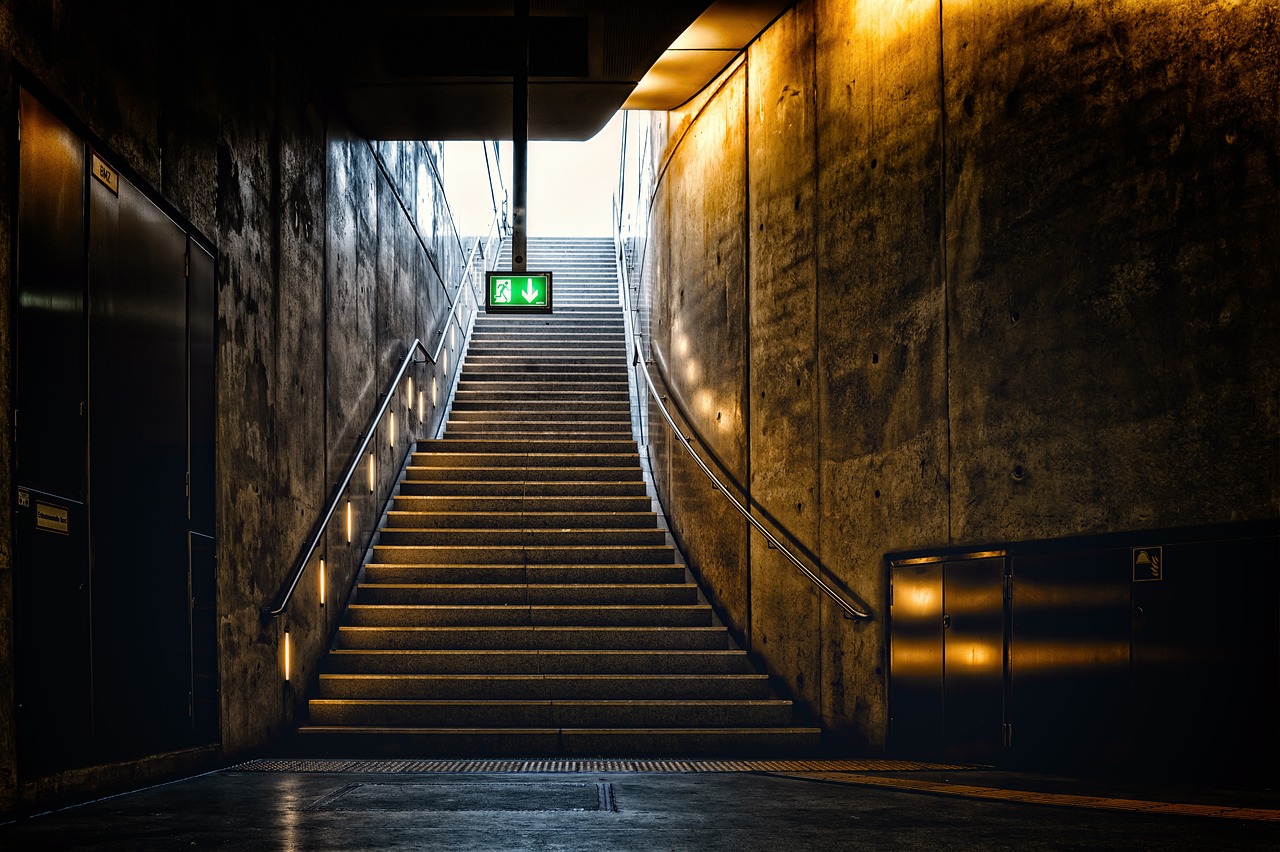
Creating an Emergency Kit
When it comes to surviving the aftermath of an earthquake, one of the most crucial steps is creating a well-stocked emergency kit. Think of it as your lifeline, a treasure chest of essentials that could make all the difference when the ground shakes and chaos ensues. But what exactly should you include in this kit? The answer isn't just a random assortment of items; it's about being smart and strategic. You want to ensure that your emergency kit is tailored to meet the needs of your family, including pets if you have them.
First off, let's talk about the basics. You’ll need to gather non-perishable food that can sustain you and your family for at least three days. Canned goods, dried fruits, and energy bars are great options because they are lightweight, easy to store, and require no cooking. But don't forget about water—a critical component of your kit. Experts recommend storing at least one gallon per person per day for three days, which means if you have a family of four, you should aim for a minimum of 12 gallons. That's a lot of water, but when the taps run dry, you'll be grateful you prepared!
Next, let’s consider the first-aid supplies. A well-stocked first-aid kit can be a lifesaver. It should contain items like adhesive bandages, antiseptic wipes, gauze, and medical tape. But don't stop there; include any personal medications that family members may need, as well as a manual on basic first aid. This knowledge can empower you during a crisis, turning you into a hero in your household.
Now, as you gather these items, think about the practicalities of your situation. If you live in a region prone to earthquakes, you might want to include a flashlight with extra batteries, a multi-tool, and a whistle. These items can help you signal for help or navigate through debris. Also, consider adding a portable phone charger—when the power goes out, staying connected can be a challenge. And let’s not forget about hygiene products! Include items like hand sanitizer, moist towelettes, and toilet paper to keep your family comfortable.
To help you visualize everything you need, here's a simple table summarizing the essential items for your emergency kit:
| Item | Quantity | Notes |
|---|---|---|
| Water | 1 gallon/person/day for 3 days | Store in a cool, dark place |
| Non-perishable food | 3-day supply | Canned goods, energy bars, dried fruits |
| First-aid kit | 1 kit | Include personal medications |
| Flashlight | 1 | Extra batteries included |
| Multi-tool | 1 | Versatile for various tasks |
| Portable phone charger | 1 | Keep it charged and accessible |
| Hygiene products | As needed | Hand sanitizer, moist towelettes, toilet paper |
In conclusion, creating an emergency kit is not just about throwing items into a bag; it’s about thoughtful preparation. By taking the time to gather these essentials, you’re not only preparing for an earthquake but also instilling a sense of security in your family. Remember, the goal is to be ready for anything that comes your way, so take the time to check and update your kit regularly. After all, you never know when the next big shake might hit!
Q: How often should I check my emergency kit?
A: It's a good idea to check your emergency kit every six months to ensure that food and water supplies are fresh and that all items are in working order.
Q: Can I store my emergency kit in the garage?
A: While you can store it in the garage, make sure it's in a cool, dry place and easily accessible. Ideally, keep it in a central location within your home.
Q: What if I have special needs family members?
A: Customize your emergency kit to include any necessary medications, mobility aids, or special dietary foods that your family members may require.
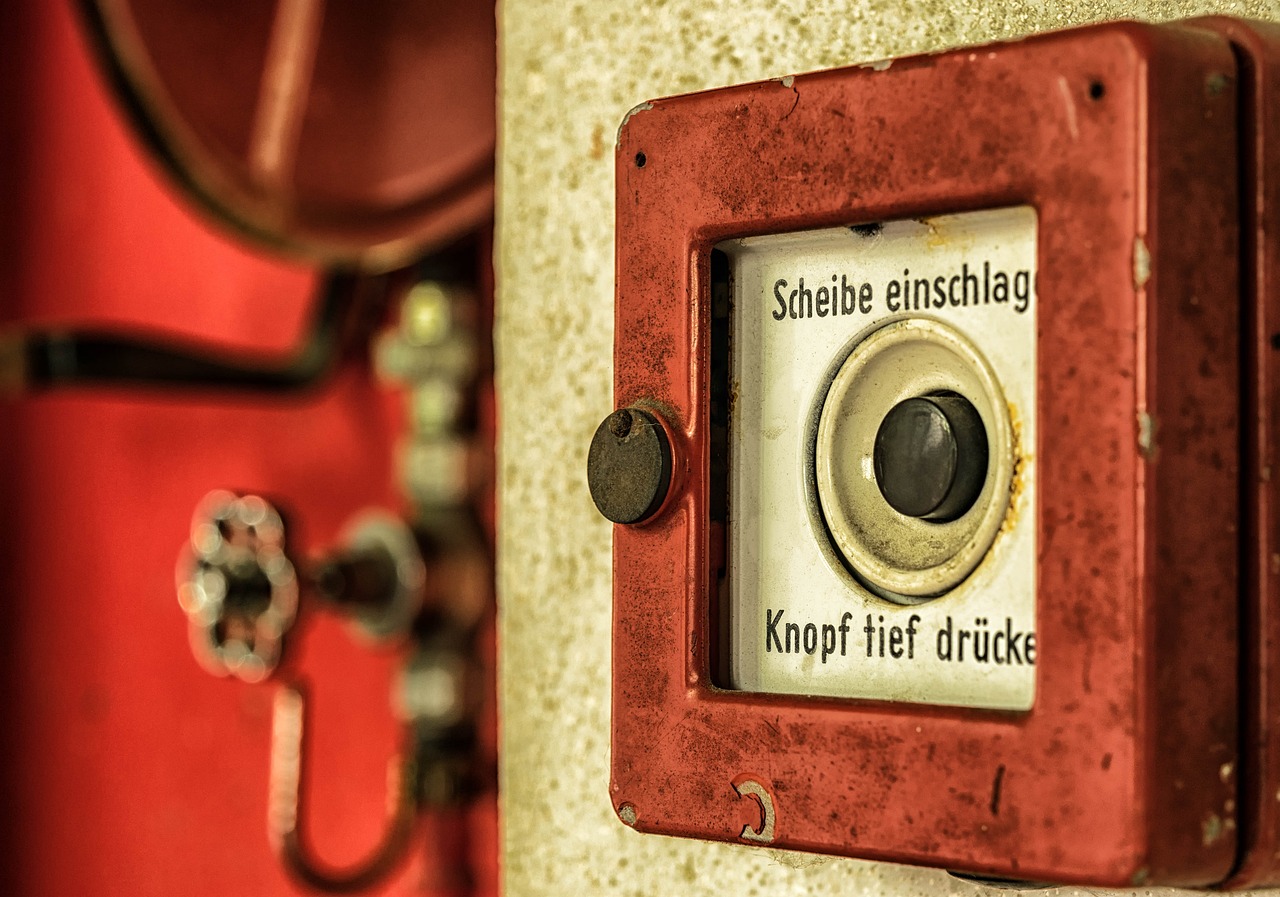
Water and Food Supplies
When it comes to surviving an earthquake, having adequate water and food supplies can make all the difference in the world. Imagine being stuck in your home without access to clean water or nourishing food for days on end. It's a terrifying thought, right? That's why it's essential to plan ahead and stock up on these vital resources. The general rule of thumb is to have at least one gallon of water per person per day, and ideally, you should prepare for at least three days. However, if you live in a particularly earthquake-prone area, consider extending that supply to a week or more.
In terms of food, you want to focus on items that are not only non-perishable but also provide the necessary nutrients to keep your energy levels up during a crisis. Think about foods that are easy to prepare and require minimal cooking, as you may not have access to a stove or electricity. Some great options include:
- Canned goods (beans, vegetables, fruits)
- Dried fruits and nuts
- Granola bars and energy bars
- Instant oatmeal or rice
- Peanut butter or other nut butters
It's also wise to rotate your supplies periodically to ensure that nothing goes to waste. You wouldn’t want to open a can of food only to find it expired, would you? To help you keep track of your supplies, consider creating a simple inventory list that includes expiration dates. You can even use a table format to make it easier to read and update:
| Item | Quantity | Expiration Date |
|---|---|---|
| Canned Beans | 10 | 2025-06-30 |
| Dried Fruits | 5 packs | 2024-12-15 |
| Granola Bars | 20 | 2023-11-01 |
Additionally, don’t forget about any special dietary needs within your family. If someone requires gluten-free or low-sugar foods, make sure to include those in your emergency stash. It’s all about being prepared and ensuring that everyone in your household can maintain their health and energy levels during a stressful time.
Finally, remember that water is not just for drinking. You’ll need it for hygiene and sanitation as well. So, think about having some extra water set aside specifically for these purposes. By taking the time to prepare your water and food supplies now, you're not just planning for an earthquake; you're investing in your family's safety and well-being.
- How much water should I store for an emergency? It's recommended to have at least one gallon of water per person per day for a minimum of three days.
- What types of food are best to store? Focus on non-perishable items that are easy to prepare, such as canned goods, dried fruits, and energy bars.
- How often should I check my emergency supplies? It's a good practice to review and rotate your supplies every six months to ensure everything is fresh and usable.
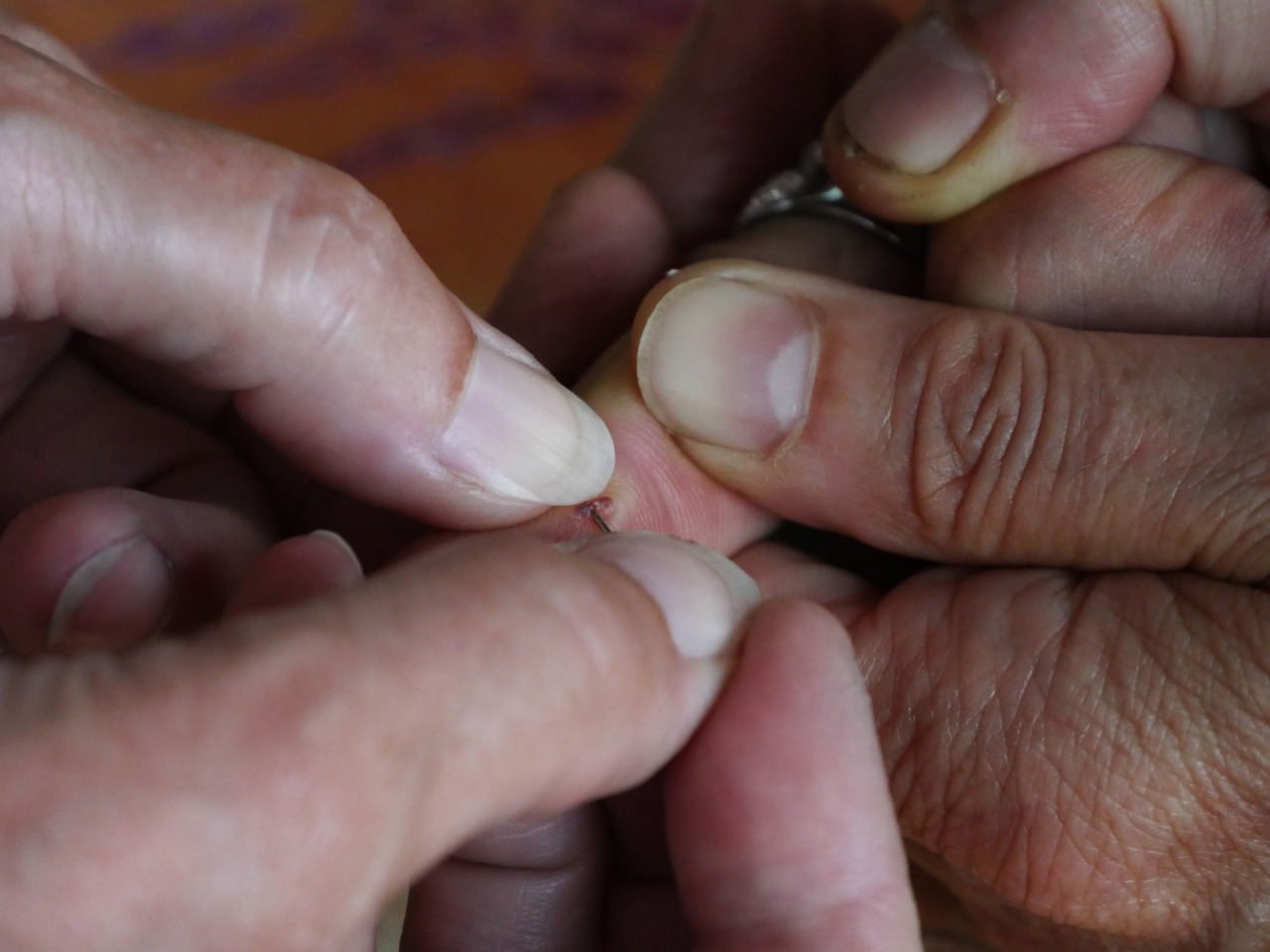
First Aid and Medical Supplies
When the earth shakes and chaos ensues, having a well-stocked first aid kit can be your lifeline. Imagine being in a situation where help is delayed, and every second counts; that's where your first aid supplies come into play. It's not just about having a few band-aids and antiseptic wipes; it's about being prepared for a range of injuries that could occur during an earthquake. A comprehensive first aid kit should include a variety of essential items to address common injuries such as cuts, bruises, and sprains, as well as more serious conditions.
First and foremost, you should consider including the following critical supplies in your first aid kit:
- Adhesive Bandages: Various sizes for minor cuts and scrapes.
- Gauze Pads and Tape: For larger wounds that need to be covered and secured.
- Antiseptic Wipes: To clean wounds and prevent infections.
- Scissors and Tweezers: Handy for cutting tape or gauze and removing splinters.
- Elastic Bandages: Useful for wrapping sprains or strains.
- Instant Cold Packs: To reduce swelling and alleviate pain.
- Pain Relievers: Such as acetaminophen or ibuprofen for managing pain.
- First Aid Manual: A guide to help you manage injuries effectively.
In addition to these items, it's crucial to think about any specific medical needs your family might have. Do you or a loved one require prescription medications? If so, make sure to include an adequate supply in your emergency kit. Furthermore, consider the importance of having a basic understanding of first aid techniques. Knowing how to perform CPR, how to treat a burn, or how to stabilize a fracture can make a significant difference in an emergency situation.
To enhance your preparedness, consider taking a first aid and CPR course. Many organizations offer these classes, and they can provide you with the confidence and skills needed to respond effectively in a crisis. Not only will you be equipped to help yourself and your family, but you may also be able to assist neighbors or friends who might be in need during an emergency.
Lastly, regularly check your first aid kit to ensure that items are in good condition and that medications haven't expired. It's easy to forget about what's in the kit until you need it, but a little maintenance can go a long way in ensuring you're ready when the ground starts to tremble.
Q: How often should I check my first aid kit?
A: It's a good practice to check your first aid kit at least twice a year. This ensures that all supplies are up to date and in good condition.
Q: What should I do if someone is injured during an earthquake?
A: Assess the situation first. If the injury is serious, call for help if possible. If you’re trained in first aid, provide necessary care while waiting for emergency services to arrive.
Q: Can I use my first aid kit for other emergencies?
A: Absolutely! A first aid kit is versatile and can be used for various emergencies, not just earthquakes. It's a good idea to have it ready for any situation where injuries might occur.
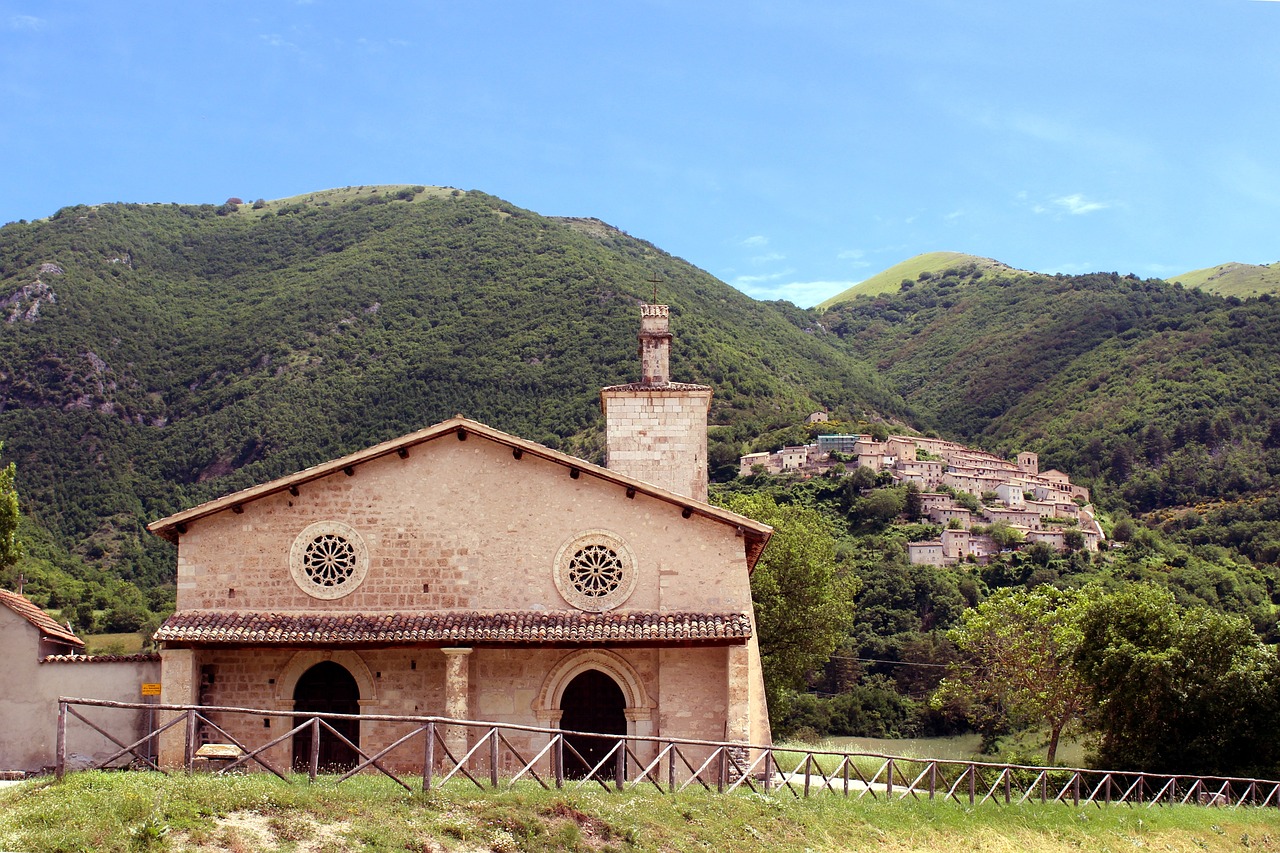
Practicing Earthquake Drills
When it comes to living in earthquake-prone areas, one of the most effective ways to prepare is through . Think of these drills as a fire drill for seismic events; they are essential for ensuring that everyone knows what to do when the ground starts shaking. But why are these drills so important? Well, just like any emergency situation, being prepared can make a world of difference between chaos and calm. Imagine the panic that could ensue if everyone is unsure of where to go or what to do when an earthquake strikes. By practicing regularly, you can turn that panic into a well-coordinated response.
So, how do you conduct an effective earthquake drill? First, gather your family or household members and explain the steps you’ll take during the drill. It’s crucial to create a sense of urgency and realism without inducing fear. Start by practicing the Drop, Cover, and Hold On technique, which is the recommended action during an earthquake. This means dropping down on your hands and knees, taking cover under a sturdy piece of furniture, and holding on until the shaking stops. You can even set a timer for a few minutes to simulate the duration of an earthquake, which helps everyone get a feel for how to react.
To make your drills more engaging, consider incorporating various scenarios. For instance, what if you’re in a different room when the earthquake occurs? How would you communicate with each other? This is where you can get creative. You might want to establish a designated meeting spot outside your home, so everyone knows where to regroup after the shaking stops. Practicing these different scenarios can help your family feel more confident and prepared.
It’s also a good idea to involve children in the process. Kids can be surprisingly resilient, and teaching them about earthquake safety can empower them. Make it a fun activity by turning it into a game. You can reward them with a small treat or praise after successfully completing the drill. This not only reinforces the importance of the drill but also makes learning about safety enjoyable.
Finally, don’t forget to evaluate your drills. After each practice session, gather everyone together to discuss what went well and what could be improved. This reflection is crucial, as it allows you to refine your plan and address any concerns. You might even consider conducting drills at different times of the day or in various locations within your home to ensure that everyone is prepared for any situation.
In summary, practicing earthquake drills is a vital part of your emergency preparedness plan. By regularly rehearsing what to do during an earthquake, you can help ensure that your family is ready to respond calmly and effectively when it matters most. Remember, the goal is to turn a potentially frightening experience into a manageable one, and with practice, you can do just that.
- How often should we practice earthquake drills? It's recommended to practice at least twice a year to keep everyone familiar with the procedures.
- What should we include in our emergency plan? Your emergency plan should include communication methods, evacuation routes, and a designated meeting place.
- Are there any apps for earthquake preparedness? Yes, there are several apps available that provide information on earthquake safety and preparedness tips.
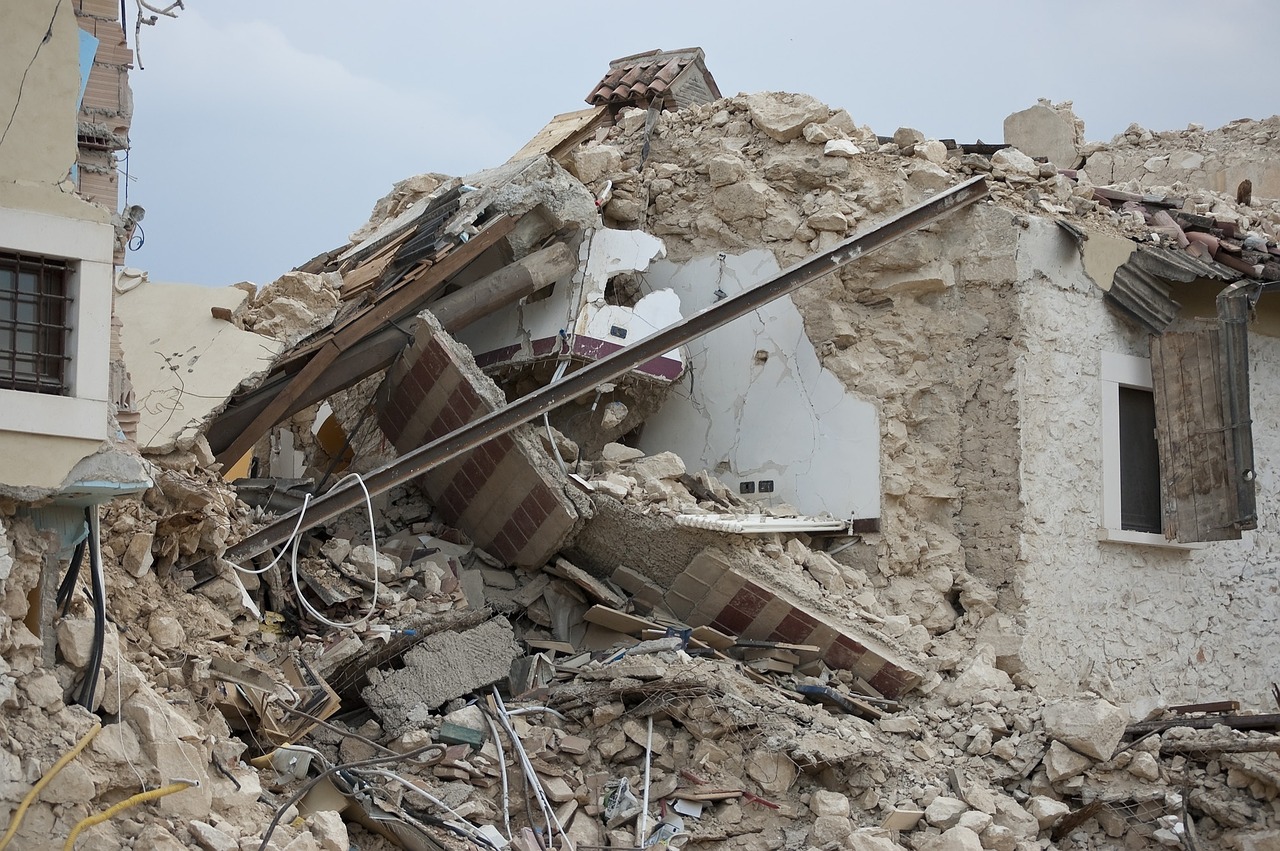
Securing Your Home
When it comes to living in earthquake-prone areas, one of the most critical steps you can take is . Imagine your house as a fortress; it should be designed to withstand the shaking and jolting that come with seismic activity. The first step in this process is to assess your home’s vulnerabilities. Are there heavy furniture pieces that might topple over? Are your appliances safely anchored? By taking a proactive approach, you can significantly reduce the risk of injury and damage during an earthquake.
One of the most effective ways to secure your home is through structural reinforcements. This means investing in your home’s foundation and overall structure. For instance, you might consider bolting your house to its foundation, which can help prevent it from shifting during a quake. Additionally, adding steel braces or shear walls can provide extra support. This is akin to giving your home a sturdy backbone, allowing it to endure the forces of nature. If you’re unsure where to start, consulting with a professional contractor who specializes in seismic retrofitting can be invaluable.
But it’s not just about the structure; furniture and appliance safety play a crucial role as well. Large items like bookshelves, televisions, and refrigerators can become deadly projectiles during an earthquake. To mitigate this risk, consider the following safety measures:
- Anchor heavy furniture: Use brackets and straps to secure tall furniture to the wall.
- Place heavy items low: Store heavier items on lower shelves to prevent them from falling.
- Secure appliances: Use anti-tip brackets for stoves and water heaters to keep them stable.
Additionally, creating a safe zone within your home can be a lifesaver. Identify areas where you can take cover during an earthquake, such as under sturdy furniture or against an interior wall away from windows. Make sure these areas are free from hazards that could fall on you. This is your personal safety pocket, a space where you can feel secure even when the world around you is shaking.
Lastly, don't forget about your garage and outdoor structures. Secure loose items like garden tools, patio furniture, and bicycles, as they can become dangerous projectiles. Consider installing brackets for outdoor furniture and storing smaller items in a shed or garage. Think of your yard as an extension of your home’s safety; keeping it tidy and secure can prevent accidents when the ground starts to tremble.
In conclusion, securing your home is not just about making it earthquake-resistant; it’s about creating a safe environment for you and your loved ones. By taking these steps, you’ll not only protect your property but also gain peace of mind knowing that you’re prepared for the unexpected. Remember, an ounce of prevention is worth a pound of cure!
Q: How can I tell if my home needs structural reinforcements?
A: Look for cracks in walls or ceilings, uneven floors, or doors that stick. Consulting a structural engineer can provide a comprehensive assessment.
Q: What items should I include in my emergency kit?
A: Your emergency kit should include water, non-perishable food, a flashlight, batteries, a first-aid kit, and important documents.
Q: How often should I practice earthquake drills?
A: It’s recommended to practice earthquake drills at least twice a year to ensure everyone knows what to do in an emergency.
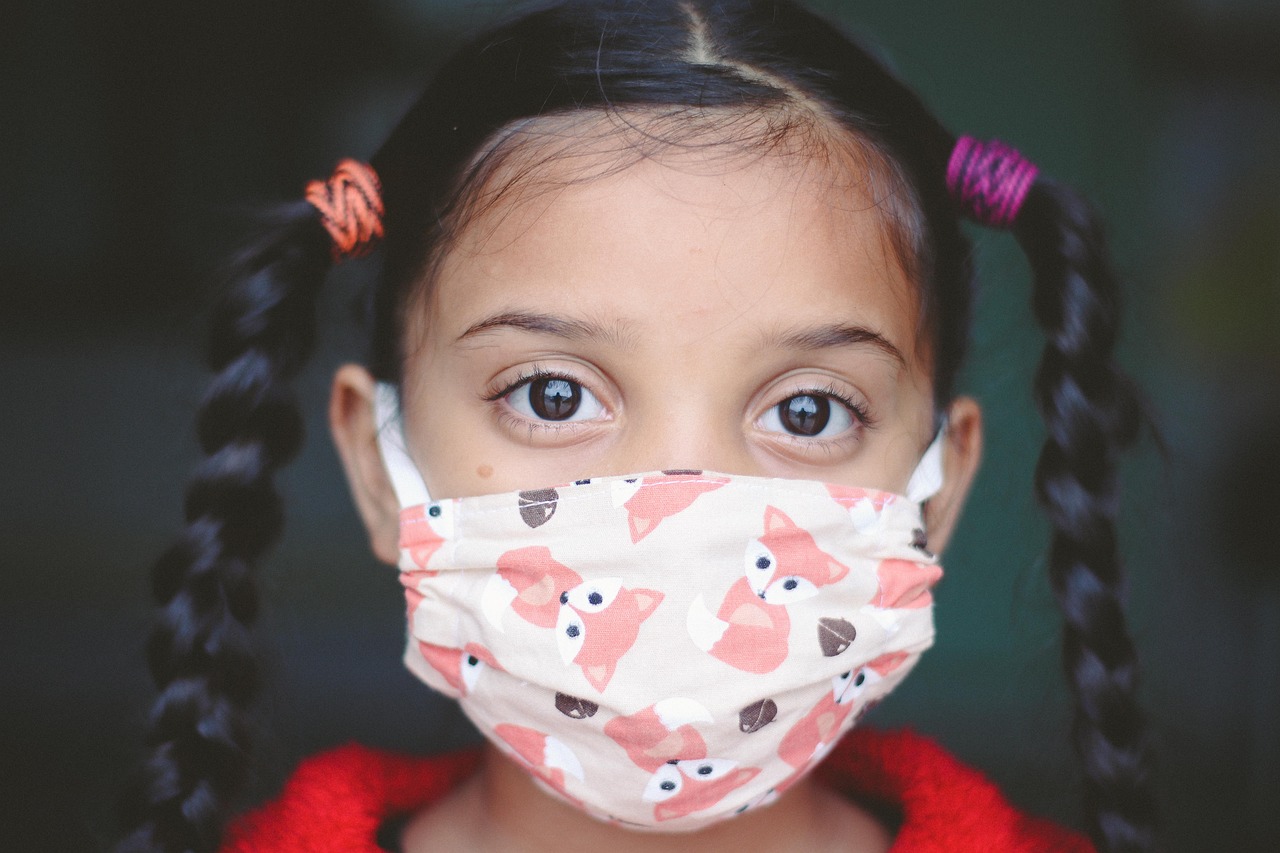
Structural Reinforcements
When it comes to safeguarding your home against the unpredictable forces of nature, are your best friends. Think of your house as a fortress; just like a castle needs strong walls to withstand sieges, your home requires robust structural elements to endure seismic activity. By investing in the right reinforcements, you can significantly reduce the risk of damage and keep your loved ones safe during an earthquake.
One effective way to enhance your home's resilience is by reinforcing the foundation. A solid foundation acts like a sturdy anchor that keeps your home grounded, even when the earth shakes beneath it. Techniques such as installing steel braces or using concrete piers can provide the additional support your structure needs. Furthermore, retrofitting your foundation to improve its connection to the walls can prevent the house from shifting off its base during seismic events.
In addition to foundation work, you should also consider the walls and roof of your home. Adding shear walls, which are vertical walls that help resist lateral forces, can be a game-changer. These walls can be constructed using plywood or oriented strand board (OSB) to provide extra stiffness. Moreover, strengthening the roof with proper bracing techniques ensures that it remains intact, preventing it from collapsing during an earthquake.
Don't forget about the importance of materials. The choice of materials can make a world of difference in your home's earthquake preparedness. For instance, using lightweight materials for your roofing can reduce the overall stress on your structure. In contrast, heavy materials may increase the risk of collapse during an earthquake. Therefore, it’s essential to choose wisely and consult with a structural engineer to select the best options for your specific needs.
Lastly, it’s crucial to regularly inspect and maintain your home’s structural integrity. Just like you would check the oil in your car or the batteries in your smoke detectors, your home deserves the same attention. Periodic assessments can help identify any potential weaknesses, allowing you to make necessary repairs before a seismic event occurs. Remember, prevention is always better than cure, especially when it comes to earthquakes.
- What are the most effective structural reinforcements for homes in earthquake-prone areas?
The most effective reinforcements include shear walls, steel braces, and a well-anchored foundation. Consulting with a structural engineer can provide tailored solutions based on your home's design. - How often should I inspect my home for structural integrity?
It's advisable to conduct a thorough inspection at least once a year, or after any significant seismic activity. - Can I reinforce my home on my own?
While some minor reinforcements can be done DIY, it’s best to consult professionals for major structural changes to ensure safety and compliance with local building codes.
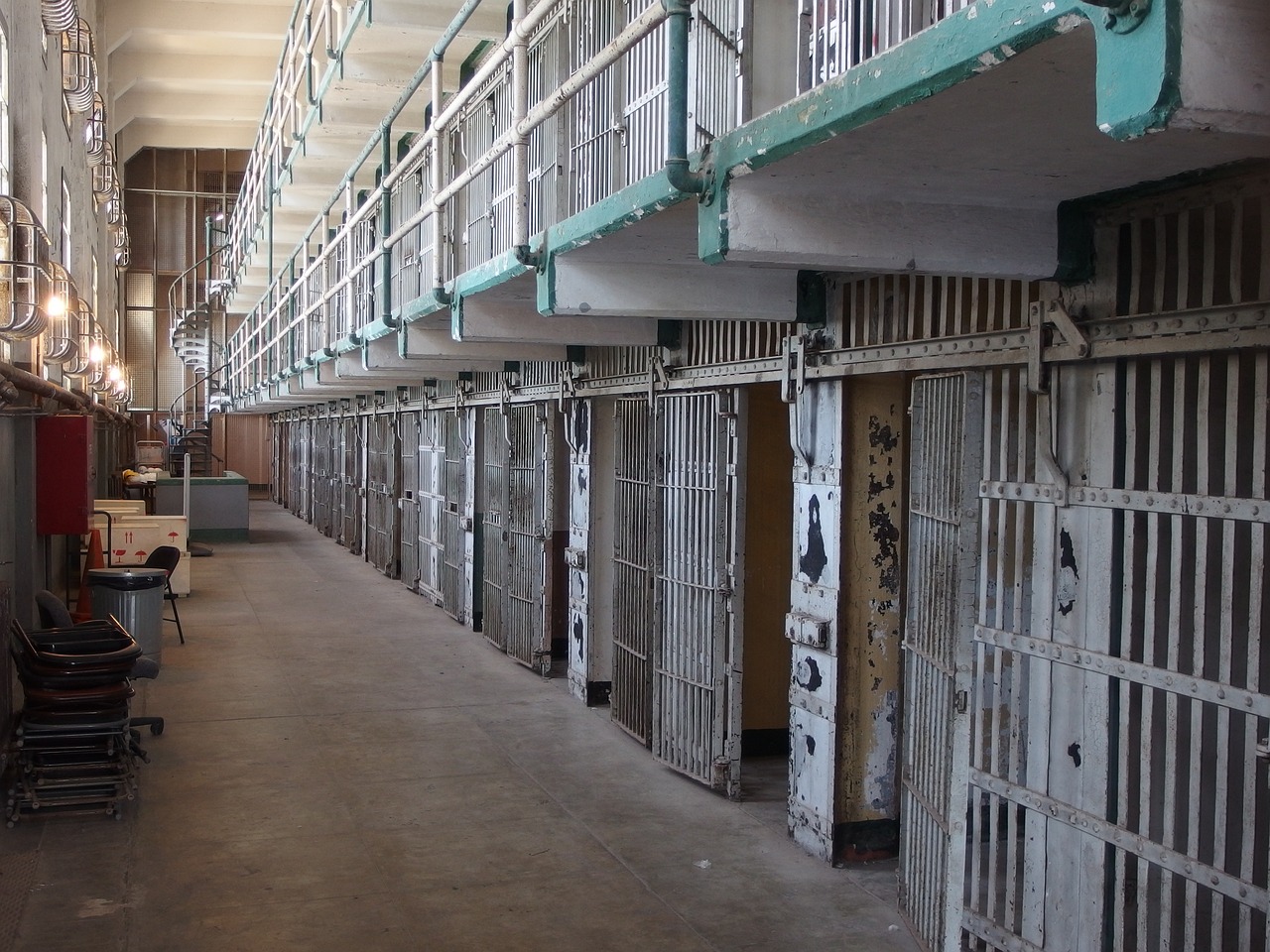
Furniture and Appliance Safety
When it comes to living in earthquake-prone areas, ensuring the safety of your furniture and appliances is paramount. Imagine this: you’re sitting comfortably at home, and suddenly the ground starts shaking. The last thing you want is for heavy furniture to topple over, causing injuries or damage. To mitigate these risks, it’s essential to take proactive measures that can make a significant difference in your safety during seismic events.
One of the first steps in securing your home is to anchor heavy furniture to the walls. This includes bookcases, dressers, and entertainment centers. Using brackets or straps can keep these items from tipping over. For instance, a tall bookcase might look stable, but during an earthquake, it can easily become a dangerous projectile. By anchoring it, you not only protect your belongings but also create a safer environment for your family.
In addition to anchoring, consider the placement of your furniture. Avoid placing heavy items above beds or seating areas. This simple change can prevent injuries if those items fall during an earthquake. Instead, keep heavier items closer to the ground where they’re less likely to cause harm. For example, placing a small, sturdy table next to your couch can provide a safe spot for essential items without the risk of them falling on you.
When it comes to appliances, securing them is just as critical. Large appliances like refrigerators, washers, and dryers should also be anchored to the wall. You can use anti-tip brackets specifically designed for this purpose. Not only does this help prevent them from tipping over, but it also ensures that they remain in place, minimizing the risk of gas leaks or electrical hazards. To illustrate, a top-heavy refrigerator can easily sway during an earthquake, causing not just damage but potentially leading to dangerous situations.
Another aspect to consider is the use of non-slip mats under smaller appliances. Items like microwaves, toasters, and coffee makers can slide off counters during a quake. By placing these items on non-slip mats, you can significantly reduce the chances of them moving around or falling off. This small investment can save you from a big mess—and possible injuries.
Finally, it’s crucial to regularly inspect your home for potential hazards. Look for items that could pose a threat during an earthquake and take steps to secure them. This could be as simple as rearranging your living room or as involved as reinforcing your home’s structure. Remember, the goal is to create a living space that minimizes risks and keeps your loved ones safe.
- What types of furniture should I secure? It's essential to secure tall bookcases, dressers, and any heavy furniture that could tip over.
- How do I anchor my furniture? You can use brackets, straps, or anti-tip devices specifically designed for securing furniture to walls.
- Are there specific mats I should use for appliances? Yes, look for non-slip mats that are designed for kitchen or appliance use to prevent sliding.
- Should I hire a professional for securing large appliances? While you can do it yourself, hiring a professional can ensure that everything is secured correctly and safely.
Frequently Asked Questions
- What should I include in my emergency kit for an earthquake?
Your emergency kit should contain essential items such as non-perishable food, at least one gallon of water per person per day for three days, a flashlight, batteries, a first-aid kit, medications, and important documents. Don't forget to include a whistle to signal for help and dust masks to help filter contaminated air!
- How can I secure heavy furniture to prevent injuries during an earthquake?
To secure heavy furniture, use brackets or straps to anchor bookshelves to the wall. Place heavy items on lower shelves and avoid storing them on top of tall furniture. Additionally, consider using anti-tip devices available at hardware stores to secure large appliances and furniture.
- How often should I practice earthquake drills at home?
It's recommended to practice earthquake drills at least twice a year. This frequency helps ensure that everyone in your household knows what to do and where to go during an emergency. Make it a fun activity, so everyone takes it seriously while being engaged!
- What are the best types of food to include in my emergency supplies?
Opt for non-perishable food items that are easy to prepare and have a long shelf life. Canned goods, dried fruits, nuts, granola bars, and ready-to-eat meals are excellent choices. Remember to consider dietary restrictions and preferences of your family members!
- How can I assess the earthquake risk in my area?
To assess the earthquake risk in your area, research local geological surveys and maps that indicate fault lines and seismic activity levels. You can also consult with local emergency management agencies for information specific to your community.
- What structural reinforcements can I make to my home?
Consider hiring a professional to evaluate your home and recommend structural reinforcements such as bolting the house to its foundation, adding shear walls, or retrofitting with steel braces. These modifications can significantly enhance your home’s ability to withstand seismic forces.



















